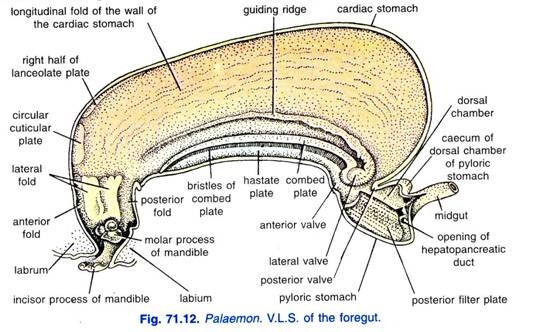ADVERTISEMENTS:
The following points highlight the three main laws of genetics proposed by Mendel. The laws are: 1. Law of Dominance and Recessive 2. Factors and their Segregation 3. Dihybrid Cross.
Law # 1. Law of Dominance and Recessive:
Mendel designated dominant, the character which appears in F1 masking the effect of the factor for the other character, the character which does not appear is called recessive. Tallness is due to a dominant factor (T) and dwarfness is due to a recessive factor (t). In a hybrid, as long as the dominant factor is present, the recessive factor does not produce any obvious effect.
Law # 2. Factors and their Segregation:
An organism is the result of the union of the female and male gametes in fertilisation. The gametes contain ‘something’ which is responsible for hereditary characters—in Mendel’s experiment height of pea plants. This something is the hereditary ‘factor’.
ADVERTISEMENTS:
If an organism is true breeding for a character (Tall or Dwarf) the gametes of the parents contain the same hereditary factor. The hybrid receives a (T) factor from one parent and a (t) factor from the other.
Among the offsprings of the true hybrid Tt again appears. The Tt hybrid does not form gametes in which T and t are mixed but produces gametes containing either T or t factor; the gametes of the hybrid are pure for one or other gene.
In essence, it may be said that:
(a) There are factors which affect development and these factors retain their individuality from generation to generation without being contaminated when they are present in a hybrid and
ADVERTISEMENTS:
(b) The factors become sorted out from one another when the gametes are formed.
Types of dominance:
When Mendel crossed a true breeding tall plant with a true breeding dwarf plant, the progeny became all tall. Mendel called such traits for tallness of plants as dominant and such traits for dwarfness of plants as recessive.
This is a case of complete dominance. Many other characters show such property. But the dominance is never assured. There are different kinds and degrees of dominance.
They may be classified as follows:
Incomplete dominance:
When the hybrid resembles one parent much closely than the other but may not resemble it exactly. Example: A crimson flowered snapdragon plant when crossed to a white flowered plant produces offsprings in the F1 generation, which yield pink coloured plants. Fig. 2.3 relates the instance of incomplete dominance in cattle.
Delayed dominance:
ADVERTISEMENTS:
A character which is truly dominant but becomes expressive late. Dark haired individuals do not acquire their definitive hair colour until adulthood.
Reversal of dominance:
A recessive character may become dominant. In snail (Helix) the colour of red shell is dominant over the colour of yellow shell. Sometimes an exception occurs and during crosses snails with yellow shells dominate over red shells
Conditioned dominance:
ADVERTISEMENTS:
Morgan described a case in Drosophila where an abnormally banded abdomen becomes expressive when the animals are provided with fresh food and moisture. When food becomes dry and there is less moisture the bands in the abdomen disappear. This is a type of dominance conditioned upon environmental factors.
Some dominant and recessive traits in human are:
Law # 3. Dihybrid Cross:
In order to find out how different characters behave in relation to each other in their sojourn from generation to generation, Mendel made another set of experiment. He made a cross between a pea- plant with round and yellow seeds and one with wrinkled and green seeds. Such a cross involving two different characters separable in inheritance is called a Dihybrid cross.
ADVERTISEMENTS:
Results:
In F1 generation, all plants had yellow and round seeds because yellow colour is dominant over the green and round texture is dominant over wrinkled.
F1 plants were crossed among themselves.
Parents:
ADVERTISEMENTS:
Yellow and Round X Green and Wrinkled.
F1—All are Yellow and Round.
Parents:
All Yellow and Round X All Yellow and Round.
F2—(1) Yellow and Round—Like grand-parents.
(2) Green and Round—New combination.
ADVERTISEMENTS:
(3) Yellow and Wrinkled — New combination.
(4) Green and Wrinkled like grand-parents. The relative proportion of the types produced are 9:3:3: 1 respectively. Figs. 2.4 and 2.5 show the Dihybrid cross in pea plants and guinea-pigs respectively.




